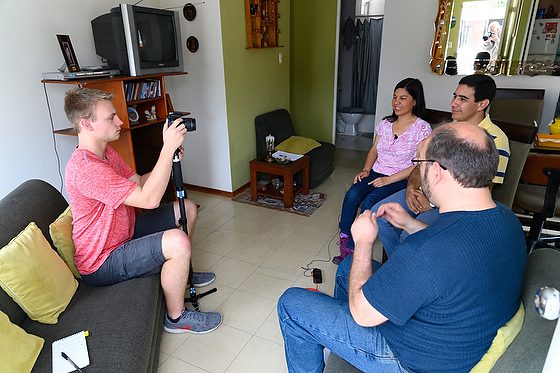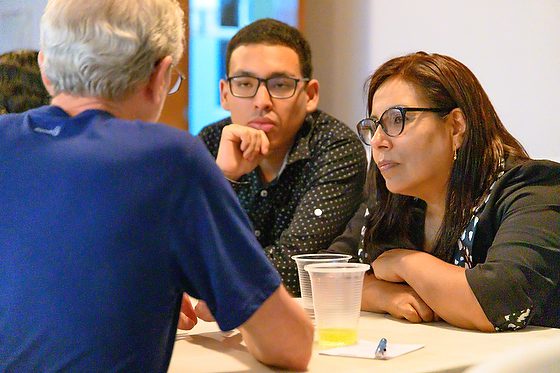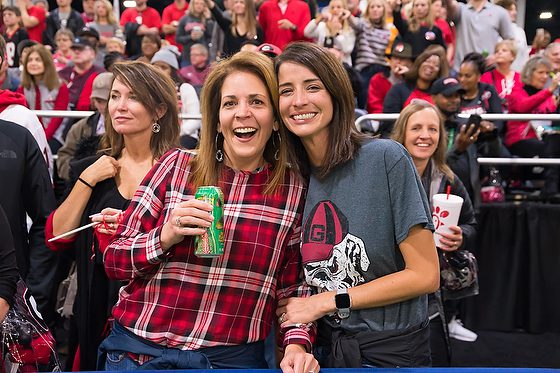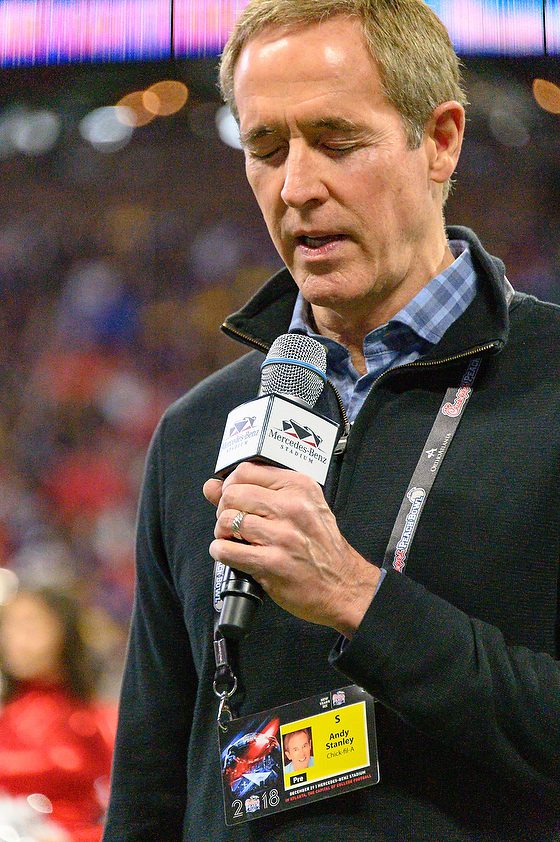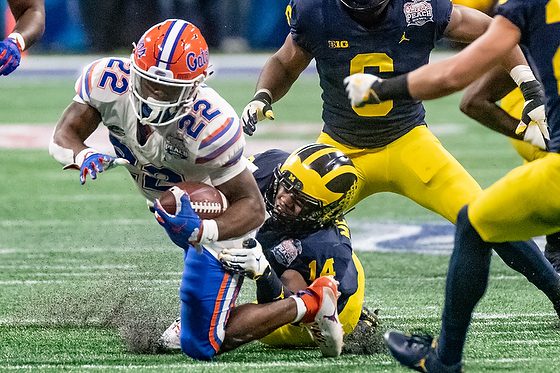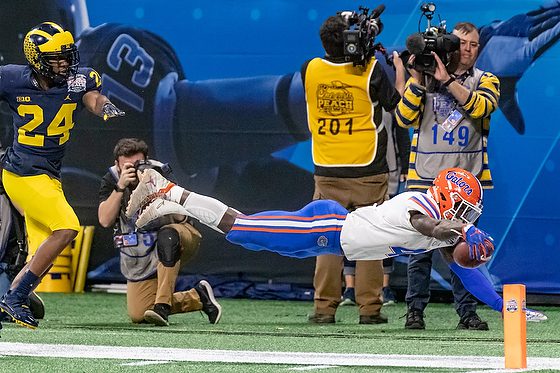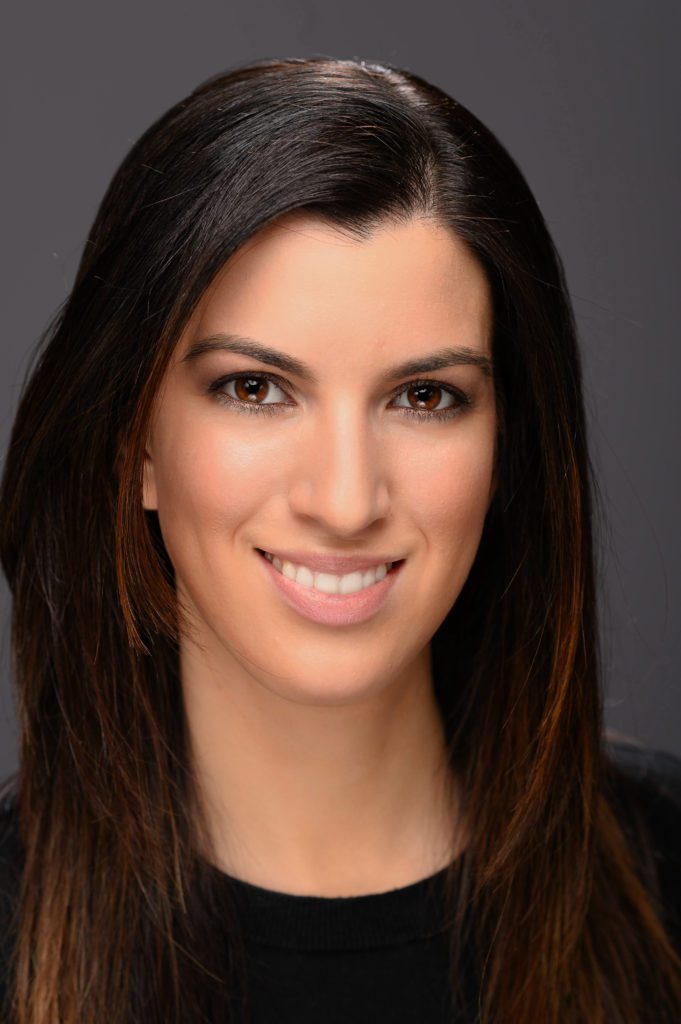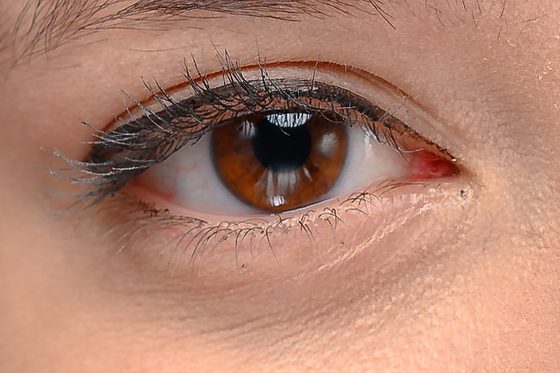
Mr. Positivity is how I would describe Josh Hart. He was the first person to introduce himself to me when I first met the group in Lima, Peru. He was eager to learn and had a wonderful smile.
We sat by his computer and talked about his story on Darwin and Azucena Diaz. He went out and interviewed them, and then the next day, I was able to go with Josh as he spent more time getting B-Roll.
In film and television production, B-roll, B roll, B-reel, or B reel is supplemental or alternative footage intercut with the main shot.
Here is the story that Josh produced during his week in Lima, Peru.

[NIKON Z 6, 24.0-105.0 mm f/4.0, ISO 100, ƒ/4, 1/640, Focal Length = 28]
Each student had time with their subjects at a meal with everyone when we arrived. Then the following day, they hung out with them again, getting to know them better.

Josh loves technology and shot his interviews in 4k. If you are not a geek, he shot the video with a high-resolution camera. This way, he could shoot the couple side by side and zoom in on one person at a time. This made it possible to shoot with one camera but get some variety out of the interview.
While working together shooting his B-Roll, I just hung back and watched. Since he had told me what he wanted to capture, I would add suggestions when he ran out of ideas.

The one thing I was helping Josh with was how to put into words his direction to the couple and translate what he needed next. He could tell them he needed them to walk in order, but he was having difficulty telling them what they should think about when they were filmed.
“We capture you when you come to the church and have to take the taxi and unlock the building. Please do this a few times so I can film you from your front, back and side. Just do what you do every day when you make this trip.”

“I want to capture the two of you doing a bible study together that you talked about in the interview. Find a passage you guys have been working on together. I need you both to talk back and forth.”
If you want to learn how to tell a mission story like Josh, join us this June in Romania with Storytellers Abroad.











